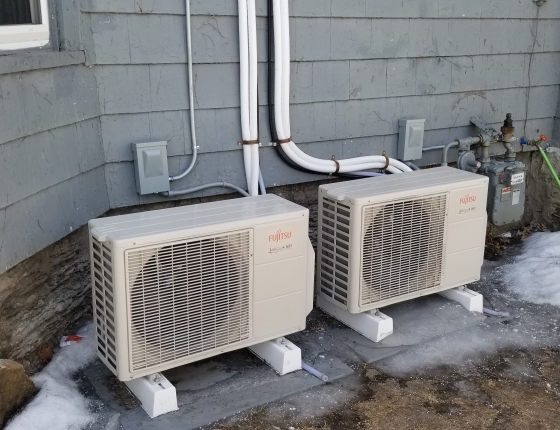So when it comes to beneficial electrification, what has CEE been up to this year? A lot, it turns out. Here are some of our recent electrification-related activities across research, policy, and programs.
CEE recently published our 2040 Vision for Equitable Decarbonization of the Building Sector. This was the result of an internal visioning process as well as conversations with stakeholders, both local and national, about what it will take to fully decarbonize the buildings sector in our region. It represents the values and direction we as an organization will pursue, and we would love to hear your thoughts and feedback.
This 2020 legislative session revealed that there is a huge amount of consensus across the state on the next steps forward for utility-sponsored electrification as it relates to the state’s conservation improvement programs. CEE stands firm that saving energy through efficiency is a first principle, but that we need to evolve our customer programs to allow customers to switch from fossil fuels to renewable electricity when it benefits customers and the environment. Read more about the Energy Conservation and Optimization Act in this blog post by Mike Bull, our director of policy and external affairs.
Our many community partners have been asking questions about building electrification and what they can do to help promote new technologies in their communities. In response, we developed a community fact sheet on air source heat pumps that can help direct local governments to actionable strategies.
For years, CEE's research team has been hard at work testing new electification technologies related to refrigeration, power strips, water heaters, and more. Most recently, we've focused extensively on cold climate air source heat pumps, including several active projects in 2020. For updates on our heat pump research, take a look at some project pages.
To address market transformation gaps in the air source heat pump supply chain, we launched a major initiative called the Air Source Heat Pump collaborative. Led by CEE’s Emily McPherson, the collaborative brings together industry professionals and utilities to address the major market gaps that exist in changing contractor and customer installation decisions. We are also using data to characterize the market pathways for residential space heating across the Midwest, hoping to direct efforts to the biggest opportunities.
And finally, through our investigations into demand shifting and load management we are starting to address questions about what the electricity system might look like once we start major conversions from fossil technologies to electricity. We launched a cold climate heat pump calculator to let users calculate the cost and carbon footprint of heat pumps compared to traditional systems under different electricity grid scenarios. And we have been quantifying the critical importance of deep energy retrofits on efficiency and peak demand.
As we continue to navigate the transformative opportunities related to electrification and decarbonization, stay tuned for more updates in the months ahead.
